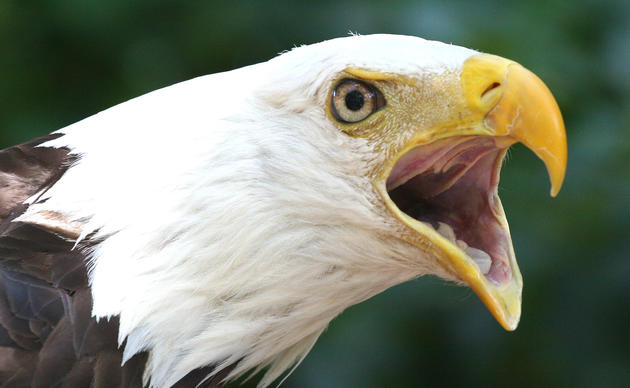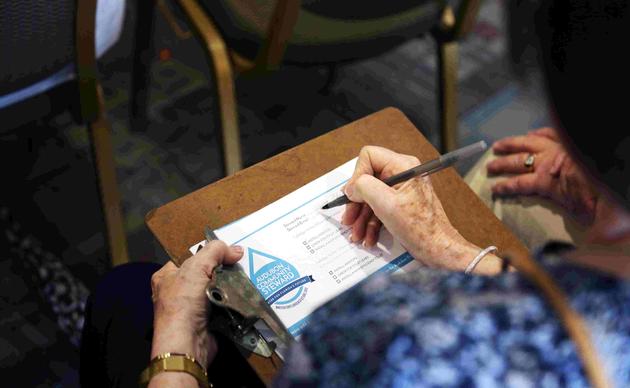EagleWatch Data Reporting
Volunteers are asked to visit the nest at least twice every month for a minimum of twenty minutes per visit from October 1 through May 15 as well as complete and submit your site visit reports in a timely manner. Current information on nest status is critical to address questions from developers or utility providers seeking nest information in order to schedule work.
EagleWatch nest data is submitted electronically in an easy to use online nest database at www.auduboncitizenscience.org. Once your nest is assigned, you will receive an email invitation to join the EagleWatch website, with instructions on how to register and login. A link to the user manual will also be distributed at the time of the invitation. The on-line form has been designed for ease and consistency in compilation of data for two different observation dates per month.
For volunteers with limited access to the internet, or who may otherwise have difficulty submitting data online, nest observations may be emailed to eaglewatch@audubon.org and the Program Manager will enter them for you. While EagleWatch will continue to accept data in this way, volunteers are strongly encouraged to enter data using the online system described above.
Reporting Essentials:
- Include the nest number on every report, and make sure it is correct when entering data online. If you do not know your nest number, contact your local coordinator or email eaglewatch@audubon.org.
- Date and time your observations are made.
- Condition of nest.
- Type and condition of nesting substrate.
- Number of eagles and/or eaglets observed that belong to that nest. (Visiting birds from previous broods should be noted in the Specific Observation section).
- Describe any eagle activity, i.e., perching, flying, eating, sitting in nest, bringing nesting material, vocalizing, etc.
- Additional room is available for more lengthy descriptions of your site visit in the Comments field. This is a good place to include an estimation of hatch date, as well as any important details related to potential nest disturbance.
- If you note distress on the part of the nesting eagles at any time, try to identify the cause and report it immediately to the Audubon EagleWatch coordinators. Again, complete details are important.
- The most import piece of data to report during the nesting season is the number of young that survive to fledge. A fledged eaglet is defined as “capable of coordinated, sustained flight”. Observations of eaglets flying, as well as spotting them in trees in the vicinity of the nest are excellent indications of successful fledging.
- All eaglets reported as seen during the season must have a final outcome recorded as either "Fledged" or "Perished."
- Zero is an important number! A blank field on a data sheet cannot be assumed to be a zero for the purpose of data analysis and research. If the number of eagles or eaglets observed is zero, be sure to record this number.
How you can help, right now
Support the Audubon Center for Birds of Prey
Your donation helps to protect America's birds, wildlife, and habitats. Donate critical funding needed to support our important rehabilitation and education work.
Subscribe to Raptor News
Sign up for our monthly newsletter and stay up to date with what's happening at the Audubon Center for Birds of Prey.
Become a Water Steward
Engage the public in water and energy conservation using simple steps to save water inside the home, outside the home and in your community.




